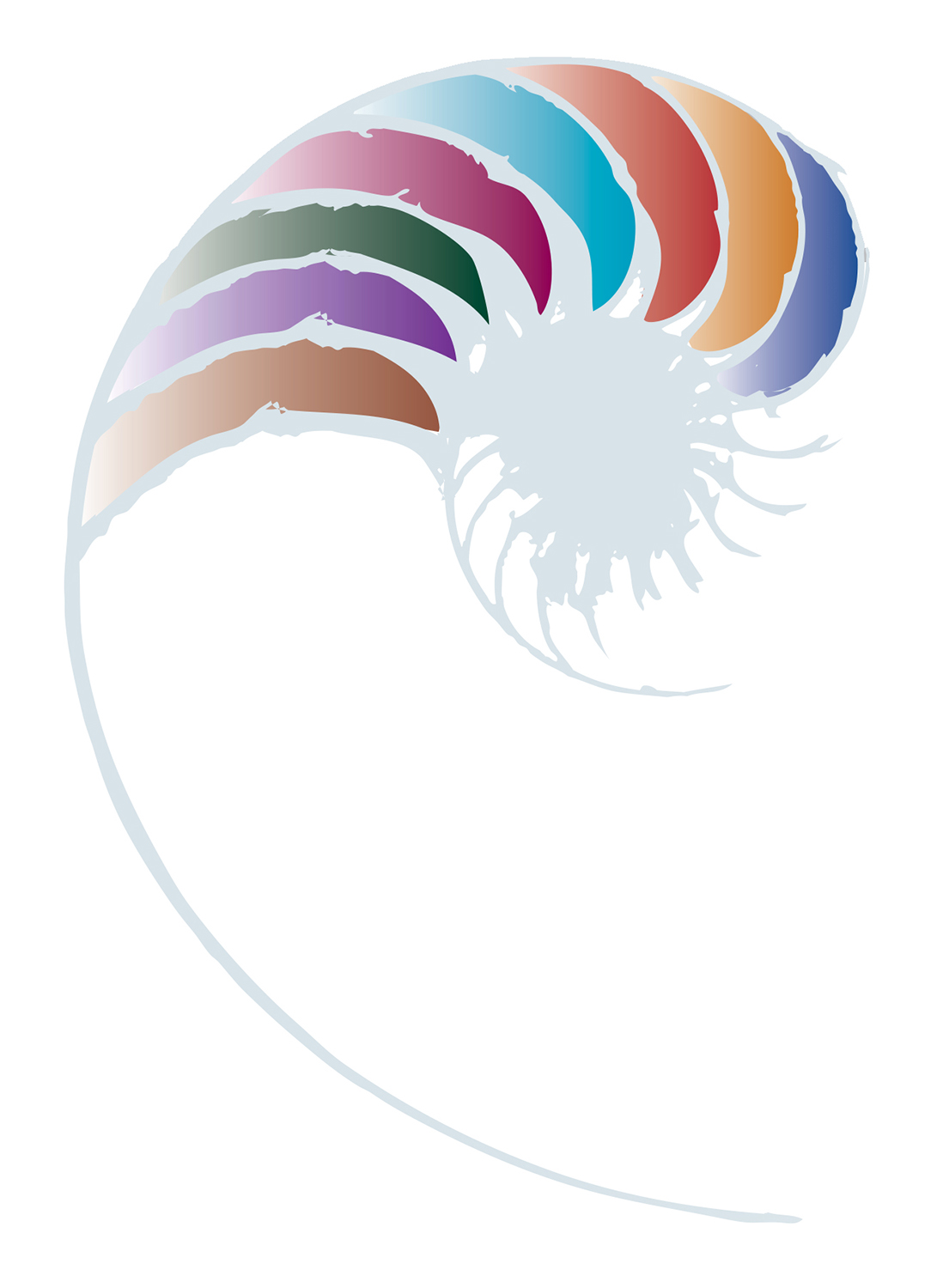Te raweke kupu, te aroā weteoro
Word play and phonological awareness
This resouce briefly describes how kaiako can inject a sense of playfulness into language use with children to support language learning, particularly children's phonological awareness. This is part of the Talking together, Te kōrerorero suite of resources. See the resource carousel below for more.

Interacting with a sense of playfulness is one very effective way kaiako encourage language and communication learning. It is particularly valuable for developing phonological awareness (recognising and working with the sounds of spoken language), a leading predictor for reading and writing success.
Pēpi and tamariki enjoy humour, funny voices, and nonsense words and rhymes. When you are playful with gestures and speech sounds, tamariki are more likely to experiment and see language as something that can delight others.
Being playful with language and sound is less about materials and more about the sense of fun and engagement kaiako bring to their everyday interactions.
- Immerse pēpi and tamariki in rhyme and rhythm through waiata, stories, poems, nursery rhymes, and made-up ditties. For example, bouncing pēpi on the knee in time to a rhythm of made-up words and sounds.
- Change sounds at the beginning of words or make up silly phrases and sentences. For example, “Racey Tracey”, “ Andrew Wandrew”, or “Tokaia takes time to tentatively tiptoe to the table”.
- Be playful with voice – alter expression, pace, and tone when you read. Introduce ideas like, “How do you say that in a bouncy ball voice?”
- Play guess the sound games with found objects that can be manipulated for different sound effects. For example, tearing paper, banging blocks, or using musical instruments.
- For older tamariki, encourage them to make sound-letter associations. For example, “Those large capital letters are telling me I have to read that word very loudly.” “Who can see something on this page that rhymes with the word mai?" For example, kai. “What else can you see in the room that begins with a k sound?" For example, kākahu, karaka, or kōtiro.
Story of practice: Playing with te reo Māori
Reading the Mana reo | Communication section of Te Whāriki, kaiako noted emphasis on creativity and enjoyment in language learning. Being playful with their language became something they did daily to engage pēpi and tamariki and learn te reo Māori. They use lots of pūrākau, rotarota (poems, ditties), and raps to encourage gestures and talk. With the older tamariki, kaiako will talk about some of the language features in rotarota or raps and how these make us feel.
For example:
Taka, taka, takahi! Para, para, paratī!
Stomp, stomp, stomp! Splash, splash, splash!)
Kaiako also make up fun phrases to describe everyday events. Kaiako make a point of repeating these often. This way tamariki are introduced to and get to practice different language features in te reo Māori.
Kei te pai, māhunga wai.
īkina te kina, e Te Kina, tīkina.
(It's all good, forgetful. Get the kina. Te Kina, get the kina!)
Kaiako notice that their emphasis on playfulness has encouraged tamariki to be more creative and confident in the use of te reo Māori.
In the video below, Dr Jane Carroll shares her thoughts on word play and phonological awareness.
About this resource
This section from Te kōrerorero Talking together provides guidance for kaiako about being playful with language and sound in order to help tamariki learn language. See the resource carousel above for more.



